

Kintsugi: Touching Up With Gold
|
Among the traditional Japanese techniques, you may have heard of “kintsugi” before. This ancient technique has long been a method to repair chipped or broken ceramic using natural lacquer to stick the parts back and dusted or mixed with gold powder. In doing so, the broken pottery which has transformed into something beautiful can continued to be used, rather than be discarded, and thus this contributes to a more sustainable lifestyle. Being able to see that the item was previously broken and then mended adds to its history and is not disguised at all. In a way, this philosophy is similar to wabi-sabi, which touches on embracing one’s flaws and imperfections.
With over 500 years of history, the origin of kintsugi is deeply intertwined with Japanese tea ceremony, chanoyu (or chado). Sen no Rikyu perfected the traditional tea ceremony in the 16th century, during the later part of the Muromachi period, and it became popular. It goes without saying that the vessels used during the ceremony play a big role in entertaining guests, such as the tea bowl used to serve guests green tea. At that time, these potteries were valuable and used by the upper classes. However, they would break or chip over time, no matter how careful one was. Thus, they would wish to fix these expensive vessels. Previously, potteries were repaired using metal staples, known as the kasugaidome technique. Seeking for a more aesthetically pleasing method, kintsugi was eventually developed. The guests came to enjoy and admire this technique which creates beauty in imperfections, and they even called it “keshiki”, which means scenery in Japanese. For example, the lines might resemble lightning or a tree branch. Hence, they add new scenes into the ceramic. Kintsugi was perfected during the Edo period, in which only natural materials were used for the lacquer such as rice powder and mountain soil. Some ceramics which were repaired over 200 years ago are still intact today, proving the durability of the materials used. However, kintsugi was still limited to repairing the tea ceremony items, and other ordinary items were repaired by using lead glass instead, with the yakitsugi technique. It was only in the 2000s that it spread to the general public, due to a beginner’s guide for kintsugi. In addition, many items were destroyed following the 2011 Great East Japan Earthquake, and this led to a greater interest in kintsugi. It allowed people to keep mementoes of their loved ones, and the process also contributed to healing themselves. While the technique is meant to be used on ceramics, some have used it to repair other items such as glass. In recent years, kintsugi has been further developed. The restoration process can be time-consuming, such as waiting for the lacquer to harden. As a result, “simple kintsugi” was created, in which people can repair their items easily at home using a quicker and simpler method. Water-resistant craft glue and acrylic ceramic paint is used instead. Besides that, the original lacquer may cause skin irritation for some people and may be difficult for people overseas to obtain as well. Thus, some opt to use a plant-based resin or other safer materials instead. Now, kintsugi has spread not only within Japan, but beyond its borders. It even inspired an Oreo cookie campaign, which encouraged people to playfully mend their broken cookies using frosting. As for how kintsugi will further evolve or inspire other creative projects, only time will tell. |
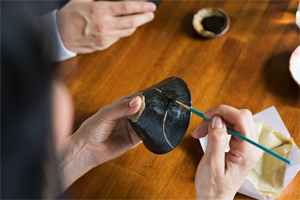 © Japan Up Close 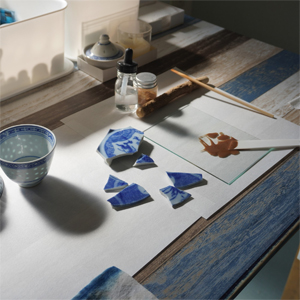 © Japan Up Close 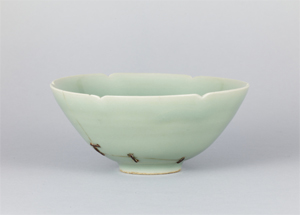 Kasugaidome artwork © ColBase 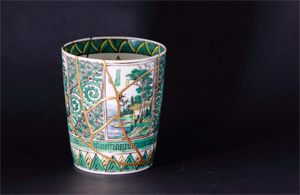 © Japan Up Close 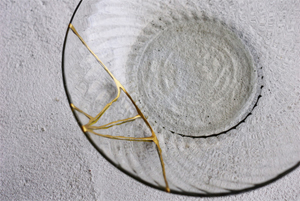 © Kawai Natsumi 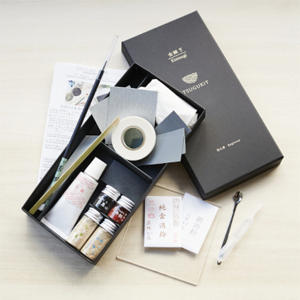 © Tokyo Kintsugi Workshop TSUGU TSUGU |
Resources
|
“Kintsugi – Creating New Value From Broken Items”. 2023. Web Japan. https://web-japan.org/trends/11_fashion/fas202301_kintsugi.html. “Golden Cracks: The Traditional Japanese Art of Kintsugi”. 2024. Japan Up Close. https://japanupclose.web-japan.org/techculture/c20240326_1.html. “Kintsugi: The Healing Power of Pottery Repair”. 2020. Government of Japan. https://www.gov-online.go.jp/eng/publicity/book/hlj/html/202008/202008_07_en.html. Sho, Terushi. 2021. Kintsugi: Japan’s ancient art of embracing imperfection. BBC. https://www.bbc.com/travel/article/20210107-kintsugi-japans-ancient-art-of-embracing-imperfection. “Japan in Photos – Golden Joinery“. 2021. Japan Up Close. https://japanupclose.web-japan.org/culture/c20211201_2.html. |
|
Japan Creative Centre 4 Nassim Road, Singapore 258372 +65 6737 0434 / jcc@sn.mofa.go.jp https://www.sg.emb-japan.go.jp/JCC/ Nearest parking at Orchard Hotel & Delphi Orchard |
 |